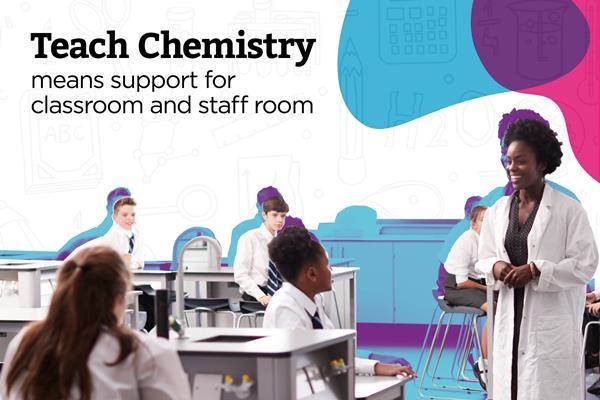The curious story of toxic ice

In 1944 a fake article was submitted and published as a scientific paper. In the context of How Science Works, can a hoax have educational value?
There is a rumour that in 1944, an argument developed on the editorial board of the journal Analyst. Two disaffected members responded by delivering a 'sting' in the form of a hoax article1 that purported to measure the toxicity of laevorotatory ice crystals! Once discovered the article was not indexed but thanks to the internet it is now easily accessed on RSC Resource and it raises some interesting questions. The article is provided, and the reader is encouraged to peruse it before continuing with this commentary.
Thanks for using Education in Chemistry. You can view one Education in Chemistry article per month as a visitor.

Register for Teach Chemistry for free, unlimited access
Registration is open to all teachers and technicians at secondary schools, colleges and teacher training institutions in the UK and Ireland.
Get all this, plus much more:
- unlimited access to resources, core practical videos and Education in Chemistry articles
- teacher well-being toolkit, personal development resources and online assessments
- applications for funding to support your lessons
Already a Teach Chemistry member? Sign in now.
Not eligible for Teach Chemistry? Sign up for a personal account instead, or you can also access all our resources with Royal Society of Chemistry membership.


